Can BRICS challenge the US dollar’s global financial dominance?
- Update Time : Saturday, February 8, 2025
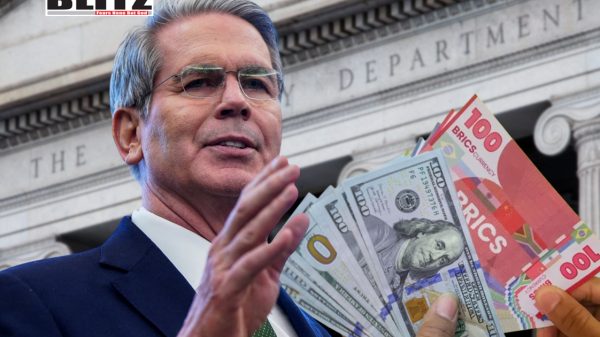
The United States Treasury Secretary, Scott Bessent, has dismissed the possibility of any currency challenging the US dollar’s dominance in the global financial system. His remarks, delivered during a Fox Business interview, come amid increased efforts by the BRICS nations to reduce reliance on Western currencies in international trade. Despite this trend, Bessent asserted that there is “no alternative to the dollar,” downplaying efforts by countries like China, Russia, and India to settle transactions in their national currencies.
The US dollar has served as the world’s primary reserve currency since the Bretton Woods Agreement in 1944. Its stability, deep liquidity, and widespread acceptance make it the preferred choice for trade, investment, and reserves. Even today, a majority of global trade and central bank reserves are held in US dollars.
Bessent’s confidence in the dollar’s irreplaceable role stems from its historical dominance. “I’ve been in the currency markets for 30-35 years and I can tell you, there is no alternative to the dollar,” he stated. “These [BRICS] other countries can talk about it, they may try to take away our reserve currency status but there is no other reserve currency on the horizon.”
Despite Bessent’s assertions, BRICS nations have been making concerted efforts to reduce dependence on the dollar in trade. The economic bloc, originally composed of Brazil, Russia, India, China, and South Africa, has expanded to include Egypt, Ethiopia, Iran, Indonesia, and the United Arab Emirates. Additionally, Belarus, Bolivia, Kazakhstan, Thailand, Cuba, Uganda, Malaysia, and Uzbekistan are expected to gain official BRICS partner status in 2024. More than 30 other nations have submitted applications to join the group.
One of BRICS’ key economic strategies has been to promote trade in local currencies. This effort gained urgency following the escalation of the Ukraine conflict in 2022, when the West imposed financial sanctions on Russia. These sanctions included freezing Russia’s euro and dollar reserves held in EU clearinghouses. As a result, Russia accelerated its use of alternative payment mechanisms, strengthening its trade agreements with China, India, and other BRICS members using non-dollar currencies.
Former US President Donald Trump has echoed Bessent’s skepticism about the BRICS nations’ ability to challenge the dollar. Trump, who has positioned himself as a staunch defender of American economic dominance, warned BRICS countries against attempting to replace the dollar as a global reserve currency.
“There is no chance that BRICS will replace the US dollar in international trade or anywhere else, and any country that tries should say hello to tariffs and goodbye to America!” Trump wrote on his Truth Social platform. This follows his earlier threat of imposing 100% tariffs on nations he perceives as economic threats to the US.
Trump’s warning underscores the geopolitical stakes involved in any de-dollarization efforts. The US has historically used economic sanctions and trade policies to preserve the dollar’s dominance, and Washington will likely continue to use such measures against nations that attempt to move away from it.
There has been much speculation regarding whether BRICS intends to create a common currency to rival the dollar. In 2023, Brazilian President Luiz Inácio Lula da Silva proposed the idea of a BRICS ‘trading currency’ akin to the euro, emphasizing that such a move would strengthen the bloc’s economic autonomy. However, key BRICS leaders, including those from Russia, India, China, and South Africa, have denied that any concrete plans for a common currency exist.
Kremlin spokesman Dmitry Peskov has also dismissed the notion of a single BRICS currency. While acknowledging discussions on increasing economic cooperation, Peskov made it clear that BRICS’ immediate focus is on developing joint investment platforms rather than launching a new monetary unit.
Even if BRICS were to create a common currency, significant challenges remain. Unlike the European Union, which has integrated economies and centralized monetary policies, BRICS is a diverse coalition with varying economic systems and priorities. The lack of a unified financial framework would make it difficult to sustain a common currency in the long run.
While Bessent and Trump dismiss the threat to the dollar, the reality is more complex. The dollar remains the dominant reserve currency, but its influence is slowly eroding.
The increasing use of local currencies in BRICS trade agreements, coupled with the rise of alternative financial systems like China’s Cross-Border Interbank Payment System (CIPS), has reduced reliance on the US-led SWIFT system. Saudi Arabia, once a staunch defender of the petrodollar system, has also signaled willingness to conduct oil trade in Chinese yuan, further challenging the dollar’s monopoly in global energy markets.
Moreover, central banks worldwide are diversifying their foreign currency reserves. The share of global reserves held in US dollars has steadily declined from 70% in 2000 to around 59% today. Countries are increasingly holding reserves in euros, yuan, and gold, hedging against the risks associated with US monetary policies and sanctions.
One of the key reasons BRICS members cite for moving away from the dollar is its “politicization.” The US has frequently used the dollar as a tool for economic coercion, imposing sanctions on countries like Russia, Iran, and Venezuela. These measures have made nations wary of overreliance on the dollar, pushing them to seek alternative financial arrangements.
Even European allies have expressed concerns about Washington’s unilateral financial policies. In recent years, the European Union has sought to strengthen the euro’s role in global trade, reducing vulnerability to US-imposed restrictions.
Bessent’s assertion that there is “no alternative” to the dollar may be an oversimplification. While the dollar’s dominance remains intact, it faces growing competition from regional currencies and alternative financial systems.
BRICS is not seeking to immediately dethrone the dollar but rather to create a more multipolar financial order. By increasing trade in local currencies, investing in alternative payment networks, and reducing reliance on US-dominated financial institutions, BRICS is laying the groundwork for a less dollar-centric global economy.
However, this transition will not happen overnight. The dollar’s deep-rooted influence, liquidity, and trust make it difficult to replace in the short term. Yet, if BRICS nations continue expanding their economic cooperation and reducing dependence on the dollar, the long-term trajectory could see a gradual erosion of US financial hegemony.
For now, Washington remains confident that the greenback’s supremacy is unchallenged. But as geopolitical and economic realities shift, the question is not whether the dollar will lose dominance, but how quickly and to what extent the global financial system will diversify beyond it.


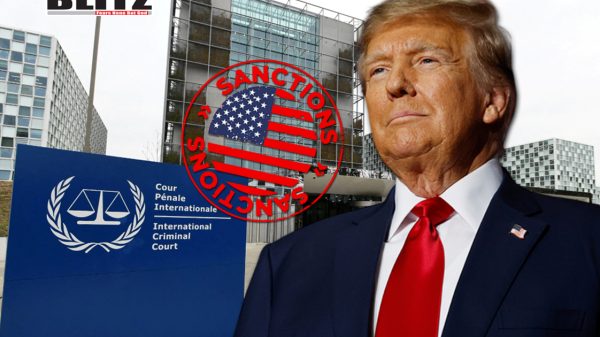


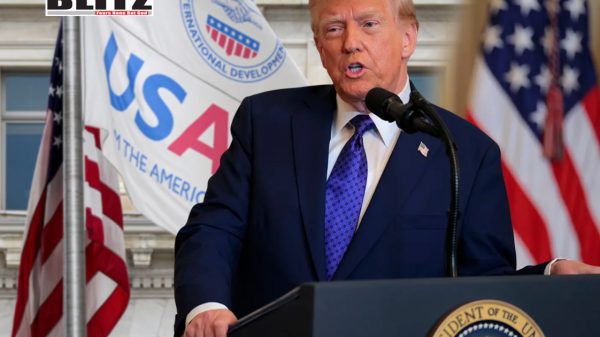
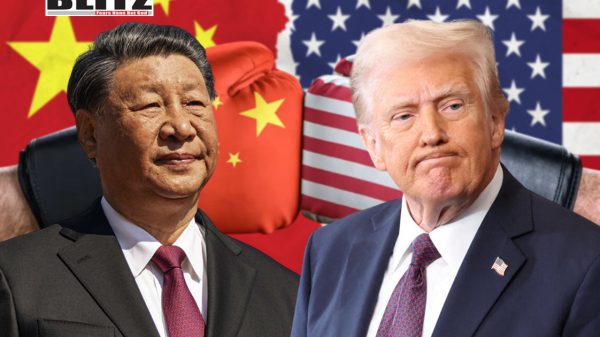

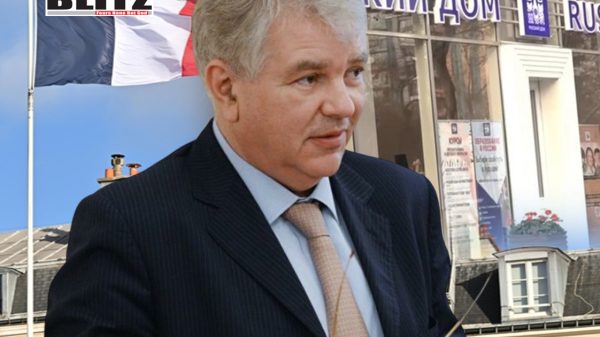

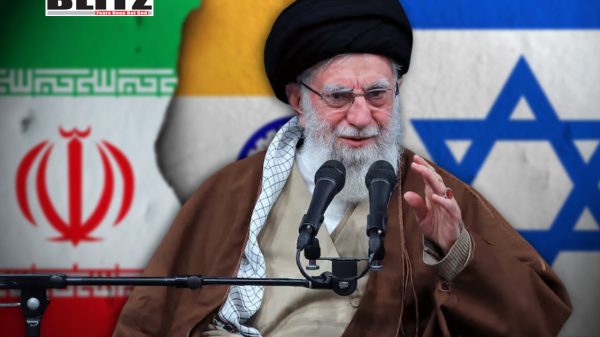
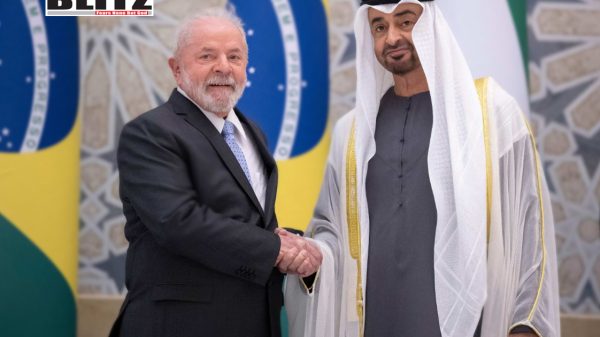


Leave a Reply